
Year 768 (DCCLXVIII) was a leap year starting on Friday of the Julian calendar. The denomination 768 for this year has been used since the early medieval period, when the Anno Domini calendar era became the prevalent method in Europe for naming years.
The 800s decade ran from January 1, 800, to December 31, 809.
Year 800 (DCCC) was a leap year starting on Wednesday of the Julian calendar, the 800th year of the Common Era (CE) and Anno Domini (AD) designations, the 800th year of the 1st millennium, the 100th and last year of the 8th century, and the 1st year of the 800s decade. It was around this time that the Anno Domini calendar era became the prevalent method in Europe for naming years, so from this time on, the years began to be known as 800 and onwards.
The 810s decade ran from January 1, 810, to December 31, 819.
The 840s decade ran from January 1, 840, to December 31, 849.
The 850s decade ran from January 1, 850, to December 31, 859.
The 880s decade ran from January 1, 880, to December 31, 889.
The 790s decade ran from January 1, 790, to December 31, 799.
The 780s decade ran from January 1, 780, to December 31, 789.
The 770s decade ran from January 1, 770, to December 31, 779.
The 760s decade ran from January 1, 760, to December 31, 769.
The 710s decade ran from January 1, 710, to December 31, 719.
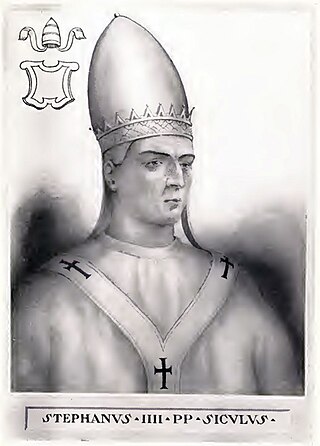
Year 816 (DCCCXVI) was a leap year starting on Tuesday of the Julian calendar, the 816th year of the Common Era (CE) and Anno Domini (AD) designations, the 816th year of the 1st millennium, the 16th year of the 9th century, and the 7th year of the 810s decade.
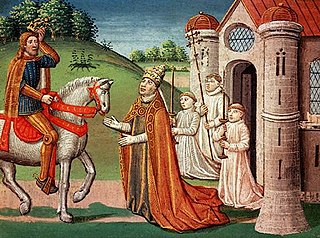
Year 772 (DCCLXXII) was a leap year starting on Wednesday of the Julian calendar. The denomination 772 for this year has been used since the early medieval period, when the Anno Domini calendar era became the prevalent method in Europe for naming years.

Year 844 (DCCCXLIV) was a leap year starting on Tuesday of the Julian calendar.
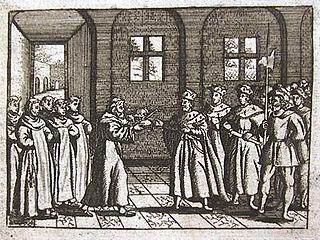
Year 855 (DCCCLV) was a common year starting on Tuesday of the Julian calendar.
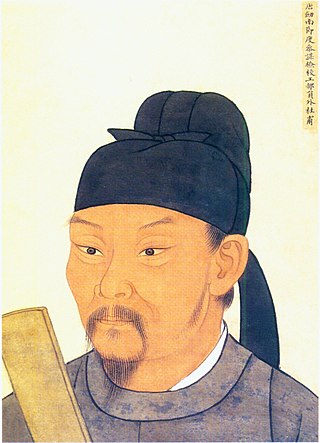
Year 770 (DCCLXX) was a common year starting on Monday of the Julian calendar. The denomination 770 for this year has been used since the early medieval period, when the Anno Domini calendar era became the prevalent method in Europe for naming years.

Year 848 (DCCCXLVIII) was a leap year starting on Sunday of the Julian calendar.

700 (DCC) was a leap year starting on Thursday of the Julian calendar, the 700th year of the Common Era (CE) and Anno Domini (AD) designations, the 700th year of the 1st millennium, the 100th and last year of the 7th century, and the 1st year of the 700s decade. As of the start of 700, the Gregorian calendar was 3 days ahead of the Julian calendar, which was the dominant calendar of the time.
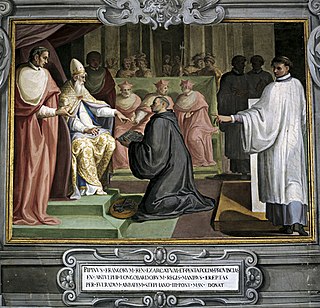
From 756 to 857, the papacy shifted from the influence of the Byzantine Empire to that of the kings of the Franks. Pepin the Short, Charlemagne, and Louis the Pious had considerable influence in the selection and administration of popes. The "Donation of Pepin" (756) ratified a new period of papal rule in central Italy, which became known as the Papal States.









